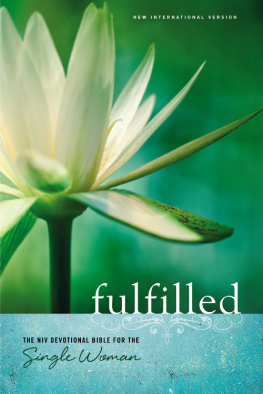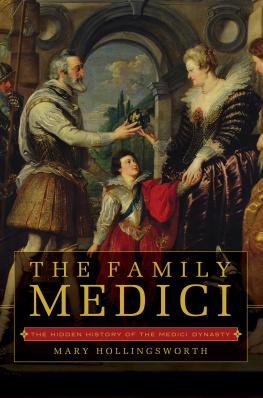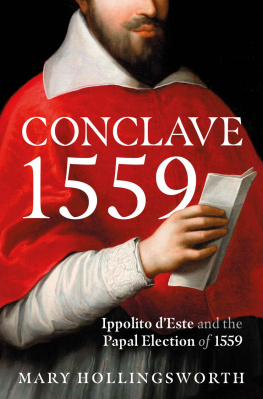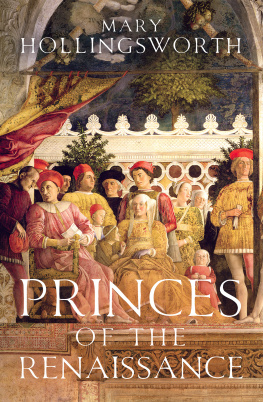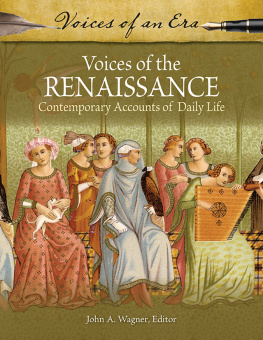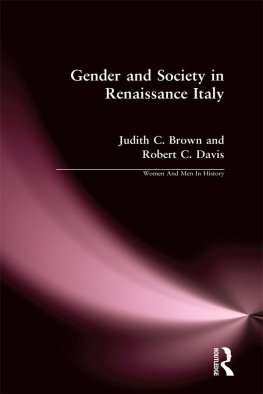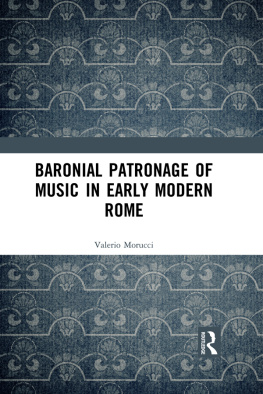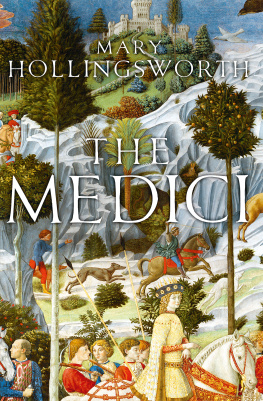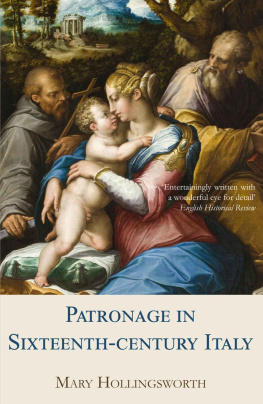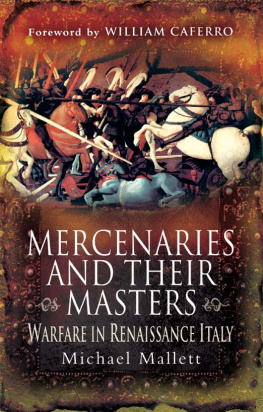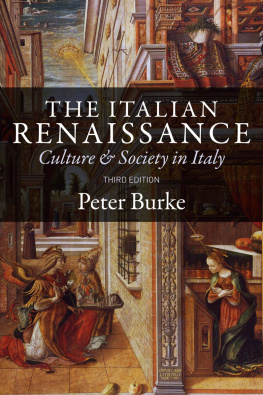PATRONAGE IN RENAISSANCE ITALY
From 1400 to the Early Sixteenth Century
Mary Hollingsworth
First published by John Murray (Publishers) Ltd. in 1994
Copyright Mary Hollingsworth 1994
This edition published in 2020 by Lume Books
30 Great Guildford Street,
Borough, SE1 0HS
The right of Mary Hollingsworth to be identified as the author of this work has been asserted by them in accordance with the Copyright, Design and Patents Act, 1988.
All rights reserved. No part of this publication may be reproduced, stored in a retrieval system, or transmitted in photocopying, recording or otherwise, without the prior permission of the copyright owner.
For
William, Edward, Richard, Alastair and Gabriel
Table of Contents
Illustrations
Donatello, St George
Masaccio, Tribute Money
Donatello, David
Botticelli, Adoration of the Magi
Michelangelo, David
Doges Palace and piazzetta, Venice
Courtyard, Doges Palace, Venice
Gentile Bellini, Miracle of the Bridge of San Lorenzo
Ca Dario, Venice
Bramante, choir, Santa Maria presso San Satiro, Milan
Piero della Francesca, Battista Sforza
Mantegna, ceiling, Camera degli Sposi, Palazzo Ducale, Mantua
Garden Court, Palazzo Venezia, Rome
Pinturicchio and assistants, Resurrection
Michelangelo, Piet
Michelangelo, Creation of Adam
The author and publishers would like to thank the following for permission to reproduce photographs: Istituto Centrale per il Catalogo e la Documentazione, Rome; Soprintendenza ai Beni Artistici e Storici, Venice; Soprintendenza ai Beni Artistici e Storici, Florence; and Soprintendenza ai Beni Ambientali e Architettonici, Florence.
A Note on Money
The relationship between the various currencies in use in Renaissance Italy was enormously complex. Each of the peninsulas numerous states had its own system of coinage, weights and measures. Most states had their own gold-based coinage, which was internationally recognizable: the Florentine florin, first minted in 1252, was made of 3.53 grammes of gold, while the Venetian ducat, issued in 1284, weighed 3.55 grammes. These currencies fluctuated against each other in response to market forces and fortunes were made by cleverly predicting rises and falls in the exchange rates. To confuse the issue further, many states also had a silver-based coinage, usually known as the lira (1 lira = 20 soldi = 240 denari), which fluctuated against the local gold currency, offering further opportunities for profit and loss. Wealth was assessed in gold, the currency of international trade, while the silver coinage was used for everyday transactions, such as buying food and paying wages.
In this book I have used the gold-based currencies for expressing costs and, at a very basic level, it is possible to assume a broad similarity between the major gold-based currencies in use in fifteenth-century Italy, though it is important to recognize that they were far from interchangeable.
It would be misleading to suggest equivalents in modern money for fifteenth-century currencies, but typical earnings provide some guidance: a skilled worker would have earned about 100 ducats a year, a soldier 24, and a mathematics tutor 100.
Introduction
The Renaissance is rich in myths. The fame of Florence rests on her claim to be the cradle of Renaissance art and humanism, while her most celebrated citizen, Lorenzo de Medici, politician, poet and connoisseur, epitomizes the universal Renaissance man. Both city and man are closely identified with Renaissance culture and the myths, which were first created around them during the fifteenth century, have now all but hardened into historical fact. But Florence was not the only centre of Renaissance culture: Rome, Venice, Milan, Naples, Urbino, Ferrara and Mantua all made significant contributions to the cultural development of fifteenth-century Italy. And the word Renaissance itself embodies the most potent myth of all. It was coined to convey the idea of a rebirth of the arts after centuries of cultural darkness that separated the glorious achievements of classical antiquity from fifteenth-century Italy, itself glorified by the comparison. The reality was, inevitably, more prosaic. The Middle Ages saw major advances in philosophy, literature, science and the visual arts. Moreover, the culture of antiquity was far from dead in the Christian world of medieval Europe, which had its roots in ancient Rome.
One of the most forceful myths of the Renaissance is the idea that its artists freely explored their ideas and created their masterpieces for enlightened patrons eager to acquire these works of genius. The methodology of many art historians, who study Renaissance art via its artists, has reinforced this myth. Their approach disguises the fact that it was the patron who was the real initiator of the architecture, sculpture and painting of the period, and that he played a significant part in determining both form and content. Fifteenth-century patrons were not passive connoisseurs: they were active consumers. Their commissions were not works of art in the modern sense of the term. Indeed, attitudes to art have undergone a profound change since 1400 and it can be very misleading to apply our concept of artistic patronage to the Renaissance. In the fifteenth century, it was the patron, and not the artist, who was seen by his contemporaries as the creator of his project and this gave him the strongest possible motive for controlling its final appearance. Above all, the traditional art historical approach disguises the function of art in the fifteenth century and the central role it played in the construction of images for wealthy, powerful and ambitious patrons in Renaissance Italy.
Behind the myths, the numerous states that made up fifteenth-century Italy witnessed major upheavals that had profound economic, political, and social effects. Above all, the century saw the decline of the international culture of medieval Europe and the emergence of literary and artistic forms of expression intended to assert the unique traditions of each centre, above all, their associations with the power and prestige of ancient Rome. Humanists, those who studied the literature of antiquity and wrote about it using classical Latin and Greek, The problem of adapting an essentially pagan language to the demands of a Christian society generated widely different responses. It was the patrons who were the central figures in this change and it is to them that we must look for some explanations.
This book examines the development of fifteenth-century art via its patrons. I have concentrated on four groups: the merchants of Florence, those of Venice, the rulers of five of Italys numerous independent princely states, Milan, Naples, Urbino, Ferrara and Mantua, and the papal court in Rome. Sadly, I have had to ignore the contributions of many less known patrons, notably the bankers and merchants of Siena and Genoa and the rulers of smaller states, such as Sigismondo Malatesta of Rimini.
The ability to commission works of art was inevitably restricted to the rich and powerful, and patterns of patronage were closely linked to the economic and political structures of each centre. An absolute ruler dominated the cultural life of the city. His expenses were considerable. Besides paying salaries for his courtiers, secretaries and servants, he also spent lavishly on providing visual evidence of his wealth and status in the pageantry of court life, staging extravagant entertainments for visiting dignitaries or erecting temporary decorations for wedding celebrations. He built and decorated his castles, palaces and villas, and endowed local churches, hospitals, monasteries and chapels. He might initiate programmes of urban renewal, make improvements to roads and canals or build fortifications to defend his realm. His collections would include expensive tapestries, elaborately bound and decorated manuscripts, valuable relics, gold, jewels and other precious objects. All of these had the additional advantage of being portable, and they could also be used as collateral for a bank loan. The pattern in Florence was different. The city was governed by an lite of wealthy merchants and bankers, and it was these individuals who were responsible for commissioning the palaces, churches and chapels that transformed the appearance of Florence during the fifteenth century. As members of the trade guilds, they might be involved in one of their corporate projects, serving on the committees that supervized the construction of the cathedral or an altarpiece for the guild altar in one of the citys churches. As individual patrons, their expenditure was limited by budgets that were modest in comparison with that of a duke. The Florentine banker, Palla Strozzi, paid just over 2,000 florins in dowries for two sons-in-law, Besides running his household and paying his taxes, the Florentine merchant concentrated on building and decorating his family palace and a chapel in his local church. He might also commission a portrait, build a villa on his country estate or buy costly jewels and books, which were expensive before the advent of printing in the late fifteenth century. The Medici were exceptional. The familys position at the top of the political hierarchy in the city encouraged them to aspire to the status of absolute rulers and their enormous wealth allowed them to acquire some of the trappings of princely prestige.
Next page

